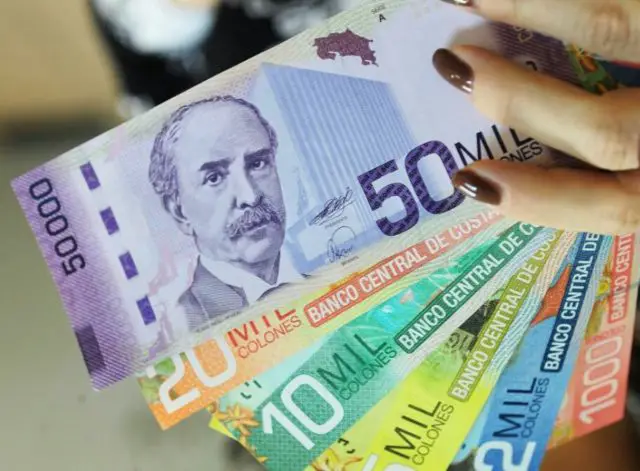20% of rich households take 50.5% of the country’s total income. This is revealed by a study conducted by experts from the National University (UNA). The analysis also shows that the income recorded in households with the highest income in the country is up to 12 times higher than those registered in poor households.
For example, according to the data, in the poorest households, the average income is ¢ 214,139 each month, while in the richest families the average income is ¢ 2,565,078. If the average income per person is analyzed, the gap is 17 times larger. According to the report, a person located at the point of lowest-income receives ¢ 61,403, while in the case of the person located in families with higher income receives ¢ 1,083,290.

“This difference is even greater when we get the average per person, this is because families with higher incomes have fewer members, while, on the contrary, in families with less income there are more members”, explained Roxana Morales to economists in charge of the study.
According to the analysis, it is evident that during the last 3 years the real income has been falling and this is aggravated when the factor of high-indebtedness of the families is added, which complicates the economic recovery.
“As a general result, in the last year, the average income has been reduced in nominal terms (-0.18%), and if inflation is reduced (2.42% year-on-year, in June 2019), the coup in your pocket is bigger: now households have less income and their money is enough to buy less goods and services (loss of purchasing power)”, the report said.
The conclusions of the UNA experts are given after the analysis of the National Household Survey that is carried out every year by the National Institute of Statistics and Censuses (INEC), with which it is possible to study the behavior of income in Costa Rica.
“The main finding we find in the report is that in the last three years the real income of households has been reduced. Each time, revenue growth is less than inflation and this causes purchasing power to shrink. Every time households have more problems to buy the same goods and services they were buying”, said the economist from the UNA.
Depending on zones
In the analysis carried out by zone, it is indicated that in 2019 “the rural poor are poorer than the urban poor and the urban rich are richer than the rural rich. “On average, the income of the rural area is 40% lower than that of the urban area, both nationally and by quintiles”, he says.
For example, a poor household in the rural area receives an average income of ¢ 679,680, while in the urban area the record is ¢ 1,144,191. In the case of rich families in rural areas, the average income is ¢ 1,630,353, while in the urban area it is ¢ 2,830,388.
In the comparison made with the real income of 2016 and those of 2019, a drop of 8.7% is reflected and this explains, in part, “the deceleration of the final consumption expenditure of households that have been showing since the end of 2015″.

